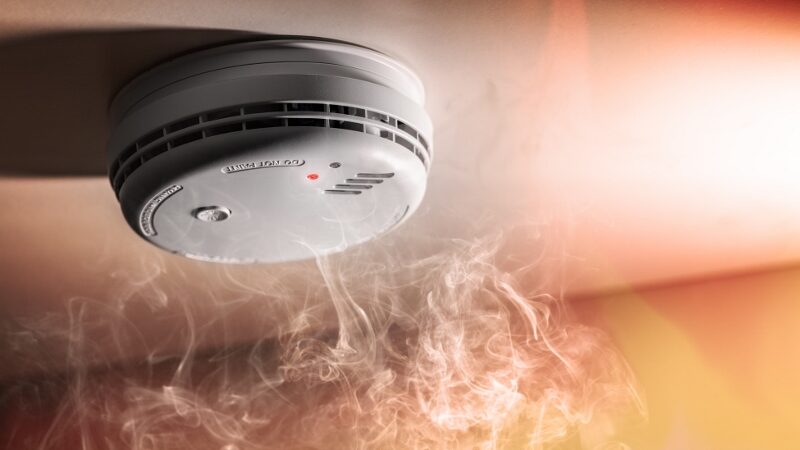Article by Dan Robinson – Expert in Advanced Fire Alarm Installations
Early detection of smoke and carbon monoxide saves lives. In a residential environment, I would argue that smoke and carbon monoxide detection and notification are the most important factors in saving lives. In the event of a fire or an appliance malfunction, properly installed detectors can provide occupants with the opportunity to safely evacuate the premises.
It is the middle of the night; you are sound asleep in your bedroom with the door closed. A fire breaks out on the floor below and there isn’t a properly installed smoke detector to notify you of the smoke that is beginning to inundate the house. When you finally smell the smoke, the fire has increased in intensity making it difficult to find a safe route for evacuation. With a properly installed and interconnected detector, notification in the bedroom would have happened much sooner. Providing you with a chance to safely evacuate the premises before the fire was out of control.
There are generally two types of interconnected detectors that can provide you with notification throughout the house when smoke or carbon monoxide is detected. The first is 120-volt interconnected detectors with battery back-up that are part of the electrical system. When one detector activates due to smoke or carbon monoxide, all others will sound to alert the occupants of the danger that is present. After safely evacuating the premises, the occupant should notify the proper authorities. This type of detection system is local only, meaning the detectors will alert the occupants but not notify the proper authorities.
The other detection is accomplished with system detectors that are connected to a fire alarm control. These detectors provide the same interconnected functionality but also provide the opportunity to communicate that danger to the proper authorities through a central monitoring station. The communication feature allows the residents to concentrate on safely evacuating the premises without having to worry about calling the fire department. Once a detector is activated by the presence of smoke or carbon monoxide, a separate and distinct signal is sent to the central monitoring station. The central station monitoring facility notifies the proper authorities of the event while occupants are safely exiting the premises. Authorities respond to care for the occupants and property.
Early detection and notification of smoke and carbon monoxide presence provide you and your loved ones a substantially higher survivability rate. The minutes they save occupants to evacuate are vitally important. Take the example above for instance, if there was a properly installed smoke detector on that lower level, the interconnected smoke detector in the bedroom would have provided notification and critical minutes needed to evacuate the premises.

